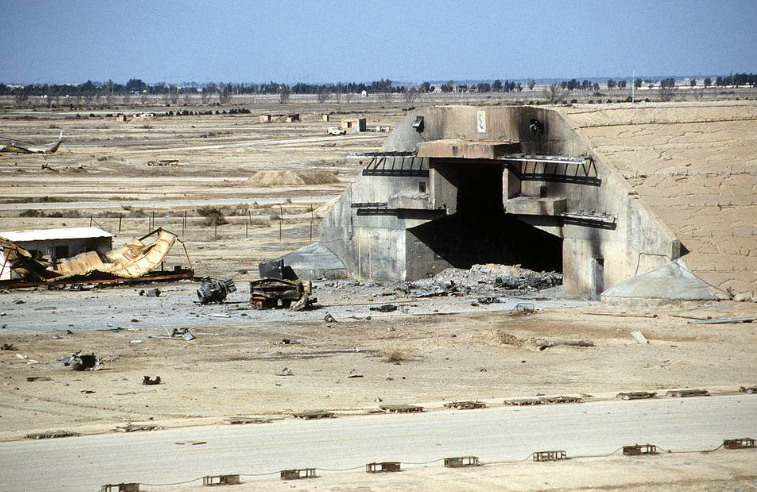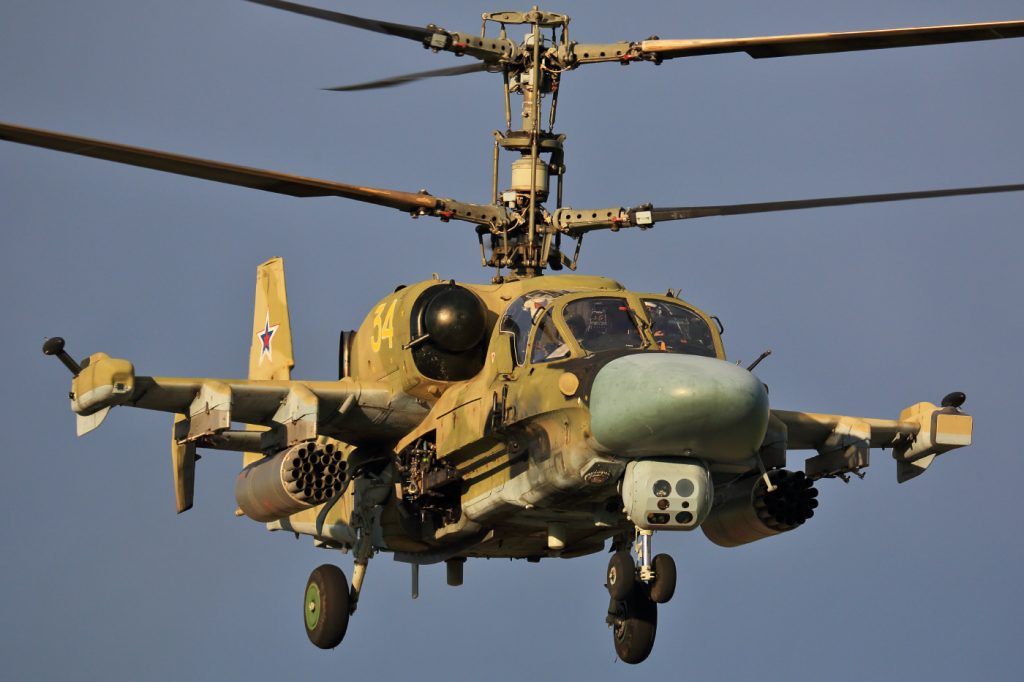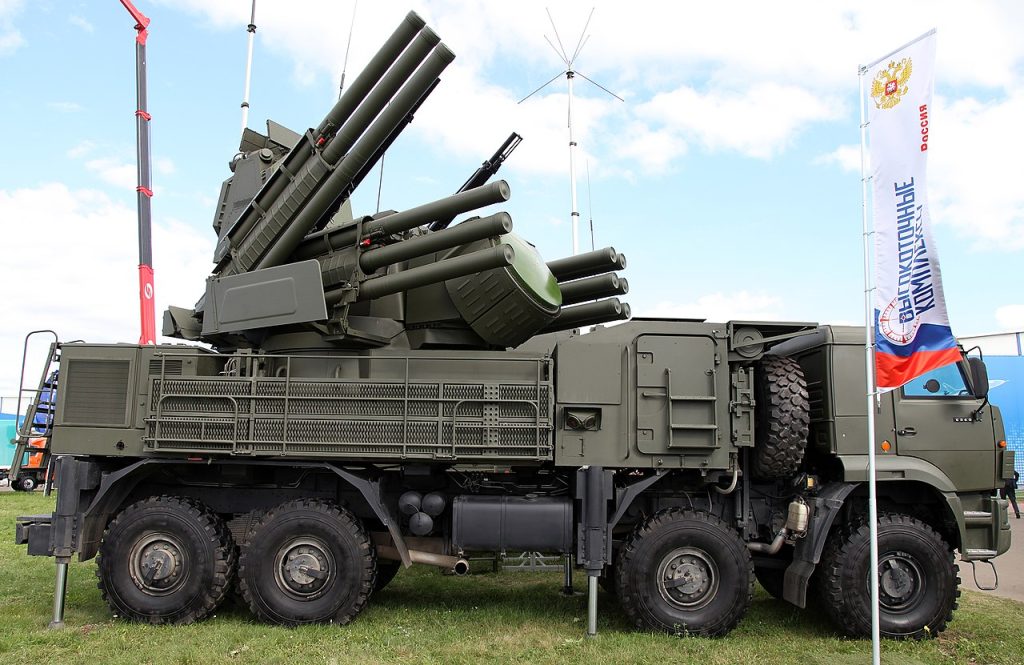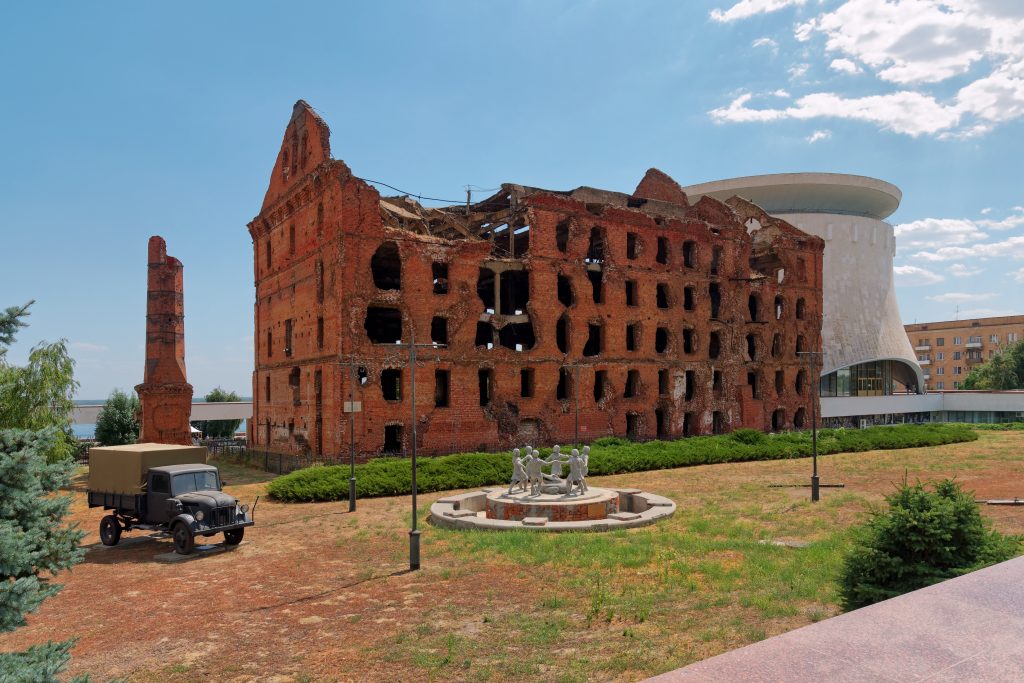
The night of October 17, 2023, rewrote the rules of Russia’s war in Ukraine. In one broad, coordinated operation, Ukrainian forces wiped out a helicopter squadron valued at more than $375 million deep inside the territory that Moscow had long treated as untouchable. The blow came not from stealth aircraft or sabotage teams but from U.S.-supplied Army Tactical Missile Systems, or ATACMS a weapon whose arrival in Ukraine had been debated for months in Washington.
Operation DRAGONFLY was more than a tactical success; it was a strategic shockwave. The destruction at Berdyansk and Luhansk exposed weaknesses in Russia’s air defense, disrupted frontline aviation support, and signaled to allies and adversaries alike that Ukraine could now reach far behind enemy lines. For defense analysts and military technologists, the strike offers a wealth of insights into modern deep-strike warfare, missile capability, and the evolving calculus of escalation.

1. First combat use of ATACMS in Ukraine
The October 17 attack marked Ukraine’s first confirmed battlefield deployment of ATACMS. The Ukrainian Ministry of Defense said that Special Operations Forces had fired M39 cluster warhead variants from M142 HIMARS platforms to saturate target zones with hundreds of M74 bomblets. The U.S. had transferred the missiles in secret to preserve operational surprise, a move that was validated by the shock and disarray in Russian military channels after the strike.

2. Strategic Targets: The Berdyansk and Luhansk Airfields
Berdyansk was picked because it is a center for rotary wing support in the vicinity of the Azov Sea, while Luhansk was a place for staging helicopter sorties in eastern Ukraine due to their respective operational significance. Both fell well within the M39’s 165 kilometer range. The satellite imagery from the aftermath in both locations revealed scorched aprons, cratered runways, and ruined support infrastructure, putting both bases partially out of order for many weeks.

3. Helicopter Losses and Fleet Impact
Confirmation from independent analysts followed that indeed, nine helicopters were destroyed: seven Ka-52 “Alligator” assault variants and two Mi-8 transports, and as many as 15 more were damaged. Given the per-unit cost of the Ka-52s was somewhere in the region of $15–16 million, with some 130 in operational service before the war, seven lost in one night translated to approximately 11.5% of its pre-war stock being destroyed.

4. Cluster Munitions: Area Denial at Scale
Against parked aircraft in tight formations and no hardened shelters, the 950 M74 submunitions carried by the M39 proved devastating. Armed at 2,400 rpm, each baseball-sized charge blanketed the target area with shrapnel and blast effects. This design is ideal in neutralizing soft-skinned assets-from helicopters to air defense vehicles-in just one salvo.

5. Air Defence Breach and Loss of Pantsir-S1
Among the list of destroyed assets was one Pantsir-S1 short-range air defense system. Its radar and missile components were shredded by cluster munitions, susceptible to them, underlining how layered defenses can be compromised when point defense units are exposed in open positions. This further reduced the local protection against follow on strikes.

6. Secondary Explosions and Logistics Disruption
Between them, ammunition depots at both airfields blew up in sustained detonations: Berdyansk from around 4 a.m. and Luhansk through late morning. These explosions contributed to the damage, destroyed fuel and support vehicles, and continue to disrupt resupply chains. The resultant logistical pressure compelled Russia to withdraw aviation assets further into occupied territory or on to its mainland bases.

7. Intelligence Preparation and Timing
The success of DRAGONFLY depended upon painstaking intelligence fusion. Satellite reconnaissance, drone surveillance, and human sources combined to pinpoint aircraft concentrations and gaps in Russian readiness. Strikes were timed for maximum surprise, exploiting nighttime vulnerabilities and minimizing the possibility of interception.

8. Russian Adaptation and Strategic Relocation
Since the strike, Russian commanders have dispersed aircraft and built hardened shelters at a number of bases, including new facilities as far away as Volgograd. While such measures decrease vulnerability, they also extend sortie times and complicate coordination and thereby reduce frontline responsiveness.

9. Policy Shift and Escalation Calculus
The operation influenced Western policy debates. One year later, President Biden authorized the use of ATACMS against targets inside Russia, a decision framed by the demonstrated battlefield impact. As IISS analysis noted, Russia may respond with hardened shelters or asset dispersion, but each adaptation carries trade offs in operational efficiency.

10. Lessons for Modern Warfare
The strike has demonstrated the capability of precision guided area effects munitions in taking out high value nodes. Furthermore, it has underlined the potential of small inventories with high impact: Ukraine’s selectivity in targeting ensured maximum effect per missile; the psychological shock this caused reshaped Russian defensive planning beyond the immediate battlefield.
Operation DRAGONFLY was more than a tactical success; it showed how precision, intelligence, and advanced munitions could change the strategic calculus. For Russia, it revealed critical weaknesses in airbase defense and logistics. For Ukraine and its partners, it proved the utility of long range strike systems against modern militaries and set the precedent for their future employment.


